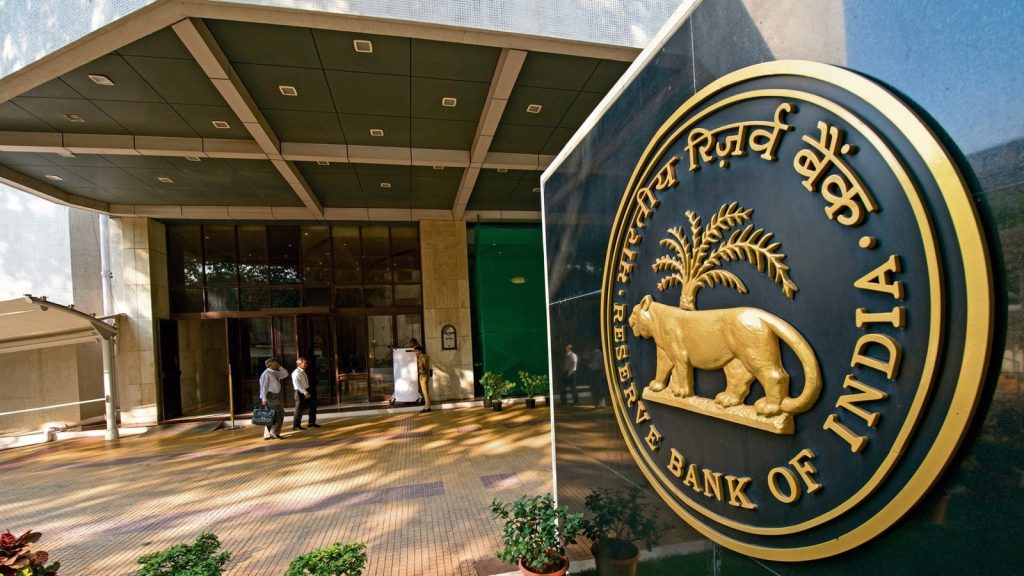
Discover how the record-breaking RBI surplus transfer of ₹2.11 lakh crore is reshaping India’s economy. Learn its impact on fiscal policy, economic stability, and long-term growth.
I. Introduction
In a landmark financial move, the Reserve Bank of India (RBI) recently announced a massive RBI surplus transfer to the Government of India, totaling a staggering ₹2.11 lakh crore for the financial year 2023-24. This surplus transfer has created waves across economic and political circles, with experts lauding it as a timely boost for India’s fiscal position. The RBI surplus transfer is not just a routine financial transaction—it’s a strategic lever with far-reaching consequences for the nation’s economic landscape.
This unprecedented transfer is over three times higher than the ₹87,416 crore RBI transferred last year, and it has come at a time when the government is ramping up infrastructure investments and working towards fiscal consolidation. As India positions itself for high-growth and sustainable development, understanding the mechanics, implications, and potential benefits of this transfer is essential.
II. Understanding RBI Surplus Transfer
A. What is RBI surplus transfer and how does it work?
The RBI surplus transfer refers to the distribution of the central bank’s surplus or profit to the government, which is its sole shareholder. The RBI earns revenue through interest income from foreign exchange reserves, open market operations, and other banking activities. After meeting its contingency and operational needs, the remaining profit is transferred to the central government as a dividend or surplus.
This transfer is governed by the recommendations of the Bimal Jalan Committee, which emphasized maintaining a prudent level of reserves while ensuring excess funds are made available to the government. The surplus is calculated after provisioning for the Contingency Risk Buffer (CRB), which acts as a safeguard against unforeseen risks like market volatility, currency depreciation, or banking crises.
B. Implications of this transfer on fiscal policy and government funding
The RBI surplus transfer offers significant fiscal breathing room for the government. With a higher-than-expected windfall, the Centre can reduce its fiscal deficit, borrow less from the market, and even accelerate capital expenditure. This move is particularly timely ahead of the Union Budget 2025, as it provides additional funds without increasing tax burdens or cutting welfare schemes.
The government may also use the surplus to fund infrastructure projects, social schemes, or even prepay outstanding debt. This boosts investor confidence and strengthens India’s macroeconomic position.
C. Impact on central bank reserves and monetary policy
One of the concerns surrounding a large RBI surplus transfer is its potential impact on the central bank’s reserve adequacy. However, the RBI has maintained that even after transferring ₹2.11 lakh crore, its CRB stands at 6.5% of its balance sheet, which aligns with the Bimal Jalan Committee’s lower bound recommendation. This ensures that RBI’s ability to manage monetary shocks remains intact.
Monetary policy remains independent of the surplus transfer. However, the additional liquidity flowing into the government’s coffers could have short-term implications on interest rates, money supply, and inflation management. The RBI is expected to calibrate its monetary tools accordingly to maintain macroeconomic stability.
III. Economic Stability and Financial Sector Impact

A. How the surplus transfer contributes to economic stability
The RBI surplus transfer acts as a counter-cyclical measure that can stabilize the economy during uncertain times. In periods of global headwinds or domestic slowdowns, such transfers equip the government with additional financial ammunition to support growth and development initiatives. It reduces reliance on external borrowing and enhances fiscal flexibility.
Furthermore, it allows the government to invest in long-term growth drivers such as infrastructure, healthcare, and education, thereby promoting sustainable economic development.
B. Effects on the financial sector and banking industry
A higher RBI surplus transfer can indirectly benefit the financial sector. With more government spending funded through internal resources rather than market borrowing, pressure on bond yields can ease. Lower yields result in better bond valuations, benefiting banks and financial institutions holding government securities.
Increased capital expenditure also improves credit demand from businesses, giving a boost to lending activity. Moreover, a stable macroeconomic environment supported by sound fiscal measures enhances investor confidence in the banking system.
C. Potential benefits for Indian economy in the long run
Over the long term, the RBI surplus transfer can aid in maintaining a healthy fiscal trajectory, reduce the need for aggressive tax measures, and enable higher public investment. This has multiplier effects across various sectors of the economy—from job creation to industrial expansion.
Additionally, if managed wisely, surplus transfers like this one can create fiscal space for structural reforms, making the Indian economy more resilient and globally competitive.
IV. RBI’s Role in India’s Economy
A. Overview of RBI’s functions and responsibilities
The Reserve Bank of India plays a pivotal role in India’s economy. As the nation’s central bank, it is responsible for regulating currency, managing inflation, maintaining financial stability, and supervising the banking sector. It also manages India’s foreign exchange reserves and acts as the lender of last resort.
The RBI surplus transfer is just one of many tools through which the central bank contributes to national development, balancing the dual goals of growth and stability.
B. Importance of maintaining adequate central bank reserves
While the RBI surplus transfer provides a fiscal boost, it’s critical that the central bank retains enough reserves to cushion against unforeseen economic shocks. These reserves allow the RBI to intervene during currency volatility, manage inflation, and ensure liquidity in times of crisis.
The fact that the RBI retained a 6.5% CRB even after the record transfer shows its commitment to risk management and long-term financial integrity.
C. How this surplus transfer can enhance RBI’s role in supporting the economy
By enabling the government to implement growth-oriented measures without breaching fiscal targets, the RBI surplus transfer amplifies the RBI’s developmental role. It showcases how central bank profits can be used constructively without undermining monetary discipline.
It also reflects efficient management of public resources and enhances the RBI’s credibility as a responsible institution capable of supporting both short-term fiscal needs and long-term macroeconomic stability. Events like Operation Sindoor, targeting security threats, highlight the importance of fiscal space for national defense and emergency responses.
V. Conclusion
A. Recap of the key points discussed
The RBI surplus transfer of ₹2.11 lakh crore is a historic and game-changing move for India’s economy. It not only provides the government with valuable fiscal space but also demonstrates the robust financial management of the RBI. From its impact on fiscal policy and monetary dynamics to the broader economic implications, this surplus transfer has emerged as a key enabler of growth and stability.
B. Future implications of RBI’s massive surplus transfer
Looking ahead, the successful management of such surplus transfers could set a positive precedent for future RBI-government financial coordination. However, the government must ensure that these funds are deployed effectively toward productive, growth-oriented expenditures rather than short-term populist measures.
Equally important is the continued adherence to the principles laid out by the Bimal Jalan Committee, ensuring that the central bank’s reserves are not compromised for short-term gains.
C. Overall significance of this event for India’s economic trajectory
The RBI surplus transfer is more than just a financial transaction—it’s a strategic tool that reflects India’s evolving fiscal-monetary synergy. If utilized prudently, it can help steer the country toward a higher growth trajectory, reinforce economic resilience, and empower the government to achieve its ambitious developmental goals.
As India aspires to become a $5 trillion economy, such landmark events will play a critical role in shaping the nation’s economic destiny.